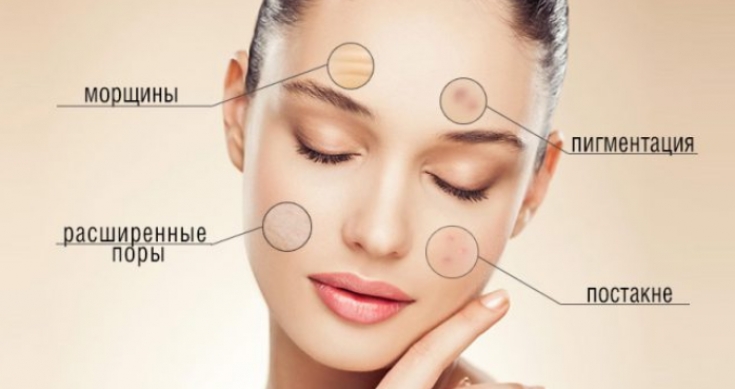Post-inflammatory pigmentation is an urgent problem in the field of aesthetic medicine. The cause of its occurrence may be acne, microtraumatization and some cosmetic procedures.
According to modern protocols for treatment of this problem, topical methods and chemical peels come to the fore.
In the article estet-portal.com you can get acquainted in detail with the main areas application of azelaic chemical peeling, as well as the mechanisms of its action at the cellular and tissue level.
Post-inflammatory pigmentation – when to use a chemical peel
Most often, post-inflammatory pigmentation occurs after other procedures and is a complication of them. If we are dealing with post-inflammatory pigmentation after chemical peels, then we do not use the latter for lightening.
What can a chemical peel do in skincare
Similarly with lasers – we try not to use lasers when removing post-inflammatory hyperpigmentation resulting from the use of a laser.
If we turn to the treatment protocols and recommendations for managing a patient with post-inflammatory pigmentation, we will see that superficial chemical peels are the second tier of therapy.
In this case, it is important to understand a few things:
1. peelings are superficial because we cannot cause such severe inflammation that can aggravate hyperpigmentation;
2. The first step in the treatment of post-inflammatory hyperpigmentation is topical treatment.
To all patients who have received post-inflammatory pigmentation, topical treatment is recommended to enhance and consolidate the result – light chemical peels.
The superficial chemical peel cannot be used as a single treatment for such a complex problem. This is, in fact, a procedure for enhancing exfoliation and potentiating the effect of the drugs that we apply.
Follow us on Telegram
Chemical peeling with azelaic acid
One of the most popular superficial peels with high efficacy and evidence base are superficial peels with azelaic acid.
This type of peeling has a number of mechanisms that positively affect the outcome:
1. Peeling with azelaic acid has a direct effect on blood vessels, not causing hyperemia, but promoting vasospasm. This is due to the fact that azelaic acid blocks the release of nitric oxide from endotheliocytes. Therefore, we can get a brightening effect immediately after the procedure.
2. Under the influence of azelaic acid on the genetic apparatus, the expression of the tyrosinase gene is reduced. Thus, we achieve a decrease in the activity of melanocytes. This effect cannot be realized with a single application of azelanic acid. A complex application of topical treatment and chemical peeling will be required.

3. Azelaic acid reduces the activity of alpha-5-reductase, which converts testosterone to its active form – dihydrotestosterone.
These mechanisms of action confirm the effectiveness of azelaic acid, which served as the basis for its inclusion in modern treatment protocols.
Superficial peeling: how not to deceive the patient's expectations
What are the additional applications of azelaic acid peeling
In the case of post-inflammatory pigmentation, chemical peeling is not a competitor to hardware methods and an alternative, but acts as one of the many types of treatment.
Azelain Ping – the only peel that can be used for rosacea. However, there are certain limitations to the use of azelaic peeling: a violation of the treatment protocol with azelaic acid can cause an exacerbation of this problem within two weeks after use. This can be avoided by using topical treatments.
We can also use azelaic acid plings for the treatment of androgenetic alopecia through the following mechanisms:
• alpha-5 reductase inhibition;
• slight irritant effect.
Chemical peels do not have a recovery period, but in any case, as for the treatment of post-inflammatory hyperpigmentation, and for other applications of peeling with azelaic acid, the patient should use sunscreen.
Thank you for staying with estet-portal.com. Read other interesting articles in the "Cosmetology" section. You may be interested in How to choose a facial peel, depending on the age of the patient







Add a comment